LIFE BY THE RIVER. Three million people in Kyrgyzstan and Kazakhstan live by the Talas River, where there is less and less water every year.
This article was originally published in Russian by the Kazakh media Vlast.kz as part of the “Developing Journalism: Exposing Climate Change” project.
The Talas is a transnational river: starting its life in the mountains of Kyrgyzstan, it vanishes in the sands of the Moıynqum Desert in Kazakhstan. Three million people live by the river, on either side of the border, and depend on it, especially for agriculture.
Want more Central Asia in your inbox? Subscribe to our newsletter here.
It’s impossible to miss how much the river has changed in recent years – there is less and less water. How will people’s lives change when the region becomes even hotter and the water level even lower? A group of journalists and environmentalists travelled hundreds of kilometres along the Talas to meet with the “people of the river” and find out how their lives are changing.
People of the road
Bayyzbek Sheraliev hails from the village of Konezavod in Kyrgyzstan’s Talas Region. He is 41 years old. His life is linked to the road: he clears snow and sprinkles anti-icing salt, mainly at the Otmok Pass, on the highway between the towns of Talas and Suusamyr.
“There are traffic jams in the Otmok Pass after every big snowfall, but before, when I started working, I noticed a much thicker snow cover,” Sheraliev says.
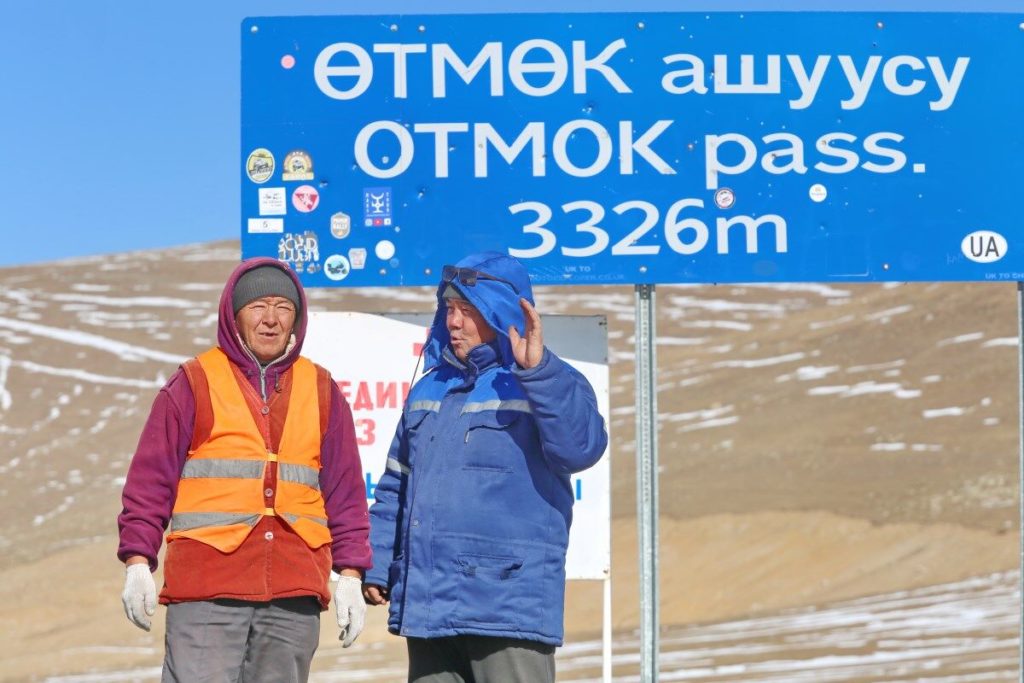
He also said there was less water in the rivers by the road each year. “It’s all climate change,” he explains.
The average annual temperature rose by 1.6 degrees Celsius in the past hundred years, significantly higher than the overall increase in the world, 0.6 degrees. At this rate, by 2100 the average temperature will have risen by 4.7 degrees in the best case scenario and by 6.1 degrees in the average case, according to Kyrgyzstan’s third national climate report.
Rising temperatures lead to glaciers melting and reduced river runoff. But Kyrgyzstan needs more and more water for drinking and for agriculture: its population is growing.
People of the land
Lack of water affects farmers most of all. Samat Osmonov is a dehkan farmer, a word used in Central Asia to describe small individual or family farms. His and his family’s livelihoods depend directly on irrigation. Like everyone else born in the area, he grew up by the river Talas.
“As far as I can remember, I always drank this water, used it to cook at home. We give it to the cattle, use it to water the vegetables. Nowadays my children help me carry water from the river in buckets or with a donkey. Here’s the problem: there’s less and less water in the river! My grandfather said that in his day there was so much water a horse could not walk through it, but now horses can cross without any problem,” the 40-year-old Osmonov explained.
“I also remember that when I was a child the ice on the river was so thick that fully loaded carts could cross without issue. Now the river still ices over but it’s so thin that you can’t even walk on it!”
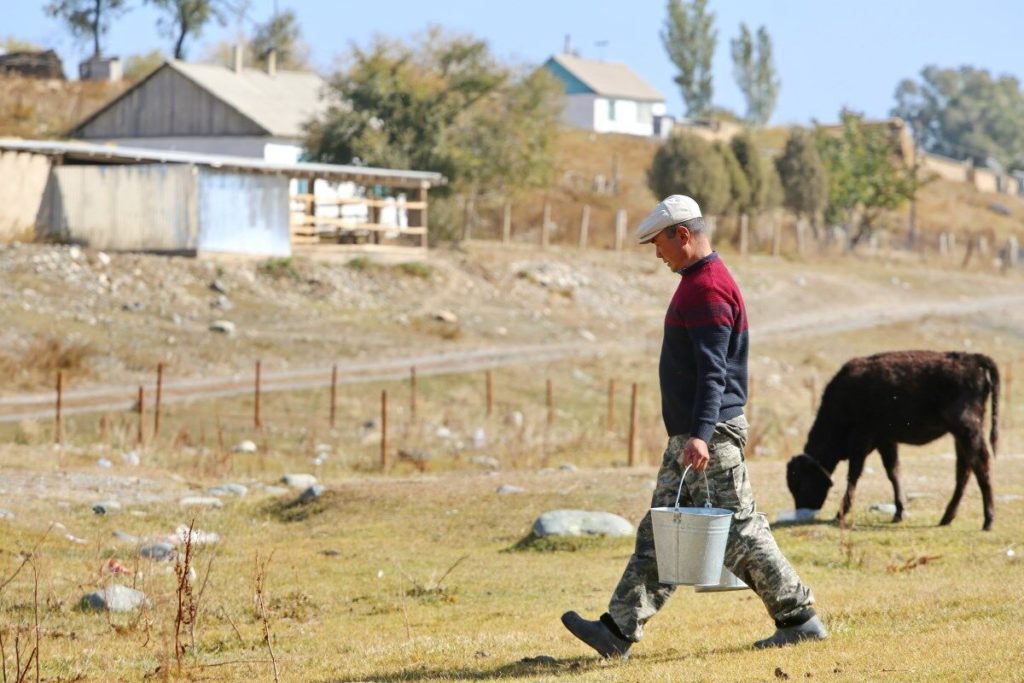
Osmonov evokes a Kyrgyz saying: “When does man not suffer? When there is plenty of water. When everyone has enough of it!”
Scientists predict that in the coming decades, precipitation will increase in the mountains but that areas downhill could get more arid, leading to desert spreading and putting stress on ecosystems downstream.
The pull of the river
Vladimir Mazer has lived in Talas since 1965. He says that even when all his relatives emigrated to Germany, he could not imagine living outside of nature. Mazer calls himself “practically the last German” of the Talas Region.
He used to work as a hunter and now chairs the Talas Society of Hunters and Fishermen. Mazer met Vlast’s journalists by the source of the Kara-Koyun River, a tributary of the Urmaral River, which in turn flows into the Talas.
“There is not enough water in the river: it used to be that in the spring, at the beginning of summer, it wasn’t possible to cross the river at all, now people calmly walk across in galoshes! I also remember how on 22 November 2006, an UAZ car could not get up here because of the heavy snow. Today there’s barely any snow and the fish have become smaller. So I have not been fishing at all for two years: what’s the point of catching something so small?,” Vladimir Mazer says.
Climatologists say that in the next 25-50 years, the Talas and the Chuy, another river flowing from Kyrgyzstan to Kazakhstan, will be reduced to 25-45% of their current flow because of climate change.
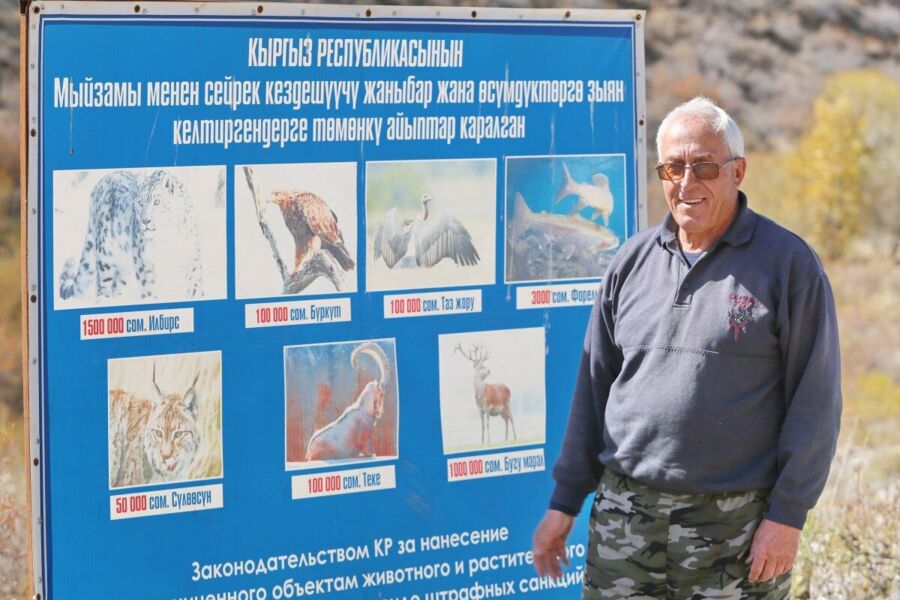
Another example of the impact of climate change, according to Mazer, is the decrease in the population of wild animals.
“My “hunting life” began in this gorge in 1988. Back then, wild boars roamed freely, roe deer grazed freely. As for endangered species: you could see argali everywhere, I even saw myself how they weren’t afraid to go out on the road. But today, the argali has almost disappeared! And there are much fewer snow leopards,” he says.
“The average winter temperature used to be -22 to -25 degrees. Nowadays we get little snow. And if there’s no snow, there’s no food supply. Animals go where there is something to eat, “ Mazer explains. “If we’re talking about the human factor, then, believe me, the residents of the Talas region would rather cut up a ram for food than shoot argali! Those who raise a hand against them are poachers! This is also our reality. This year, poachers did raise their hand and shot two Himalayan brown bears.”
Mazer considers a complete ban on hunting to be the way out.
“If I had my way, I would set up a good protection system in the gorges and completely ban hunting for at least 10-15 years to help the animal world renew its population. While there are still ibexes. Sometimes we’ll get a bear, especially in the fall, when the rosehip is ripe.
Is it strange to hear a professional hunter talk about a hunting ban? But this is logical: if we do not protect the animals, there won’t be anything left to hunt! A professional would never kill endangered animals or young animals who can produce offspring. You go after what’s easy to go after. This is mainly old animals that will no longer reproduce. The hunter is not a forager, looking for food to fill the refrigerator, he has a professional passion,” he says.
Mazer also believes grazing should be regulated. “Shepherds will still bring cattle to graze, they have to: in the 90s, virtually no one grazed cattle here, but these days people live off what they raise. Every year there are more and more cattle and herds of horses gathering in the same gorge! On top of that, each shepherd has 5-6 dogs. Such a large number of animals on the same territory is called overgrazing and leads to the degradation of pastures and the loss of biodiversity,” he explains.
The hunter says that in Urmaral he recently detained four fishermen who had caught 103 trout: “Surely they’re not going to eat them! Clearly, they’re not just fishermen, they’re suppliers. Plain human greed is interfering with nature,” he asserts.
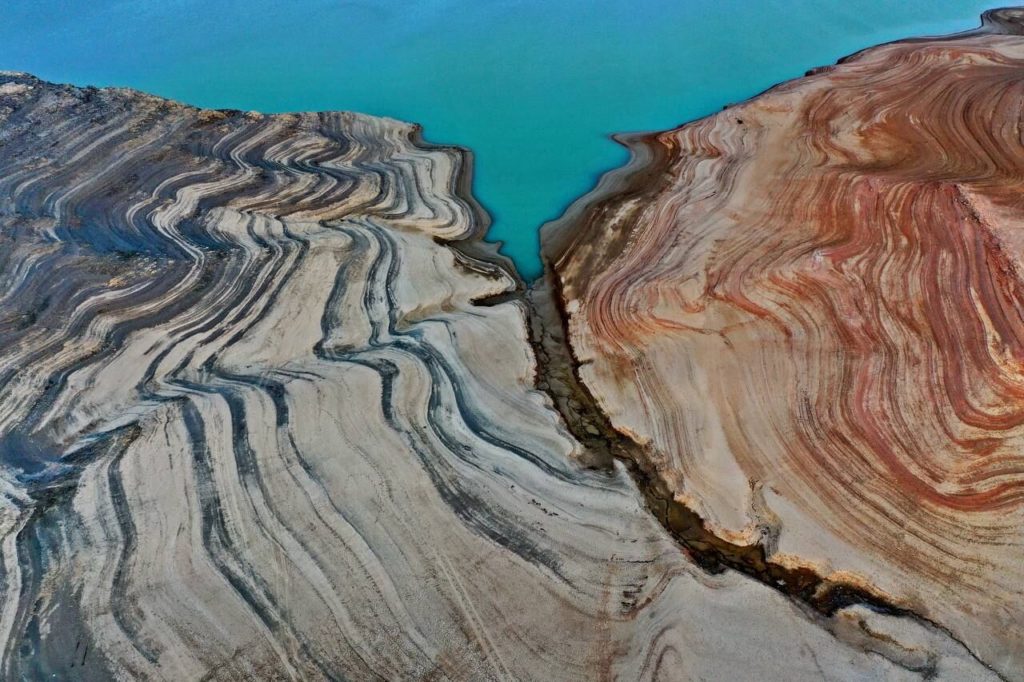
The entrepreneur
Mysa Zhanchikulov is 54 years old. Fifty of those years he spent in the city of Talas. He has fished in the river’s largest tributary, the Urmaral, since childhood.
Now Zhanchikulov is getting closer to fulfilling a long-held dream: he has rented ponds that were abandoned since 1974 for ten years, cleaned them and released fish. He dreams of reducing poaching, giving people jobs and setting up an area for recreation and amateur fishing.
“This will help preserve biodiversity in this area, preserve the environment. I want us all to learn to appreciate our land, where we were born and grew up,” he says.
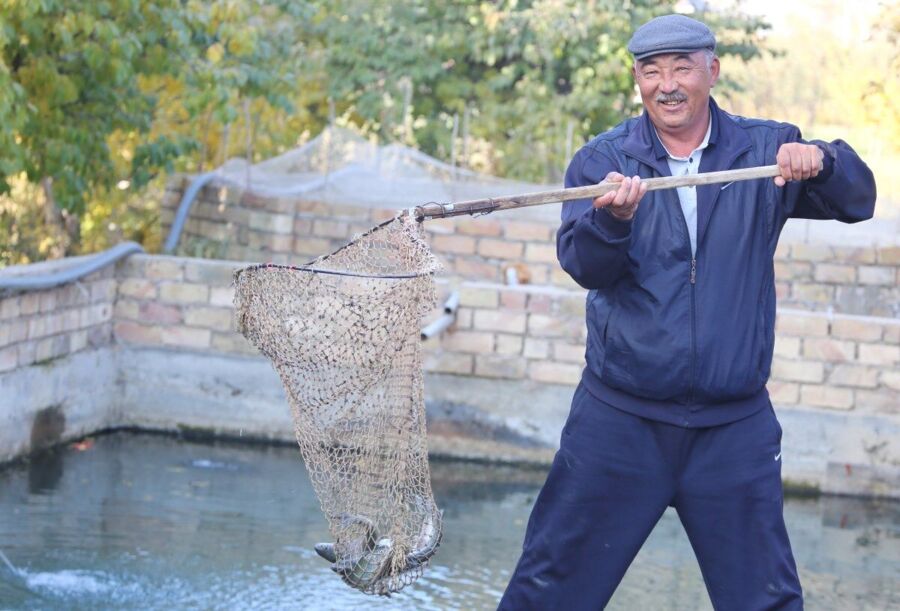
Together with entrepreneurs from a neighbouring village, he brought drinking water to the area which, after use and recycling, is suitable for irrigation. He has now started cleaning up the surrounding area. To this end, he bought ducks and released them into the overgrown reeds around the ponds. He grows corn to feed the ducks.
Mysa wants Kyrgyzstan to eat more fish. This would mean breeding fewer animals for slaughter and thus help preserve their food base.
The young fisher
The older generation is not alone in noticing there is less and less water in the Talas. Young people see it too. Marat uulu Bayrak went to the Talas River to fish with his father, an enthusiastic fisher, from an early age.
“The river was very large, there was a lot of water. My father would often catch 40 kilograms of fish. These days, I sit for a long time, there is fish, but not very much and it is all small. Poachers catch everything with nets and the fish do not have time to grow,” the teenager says.
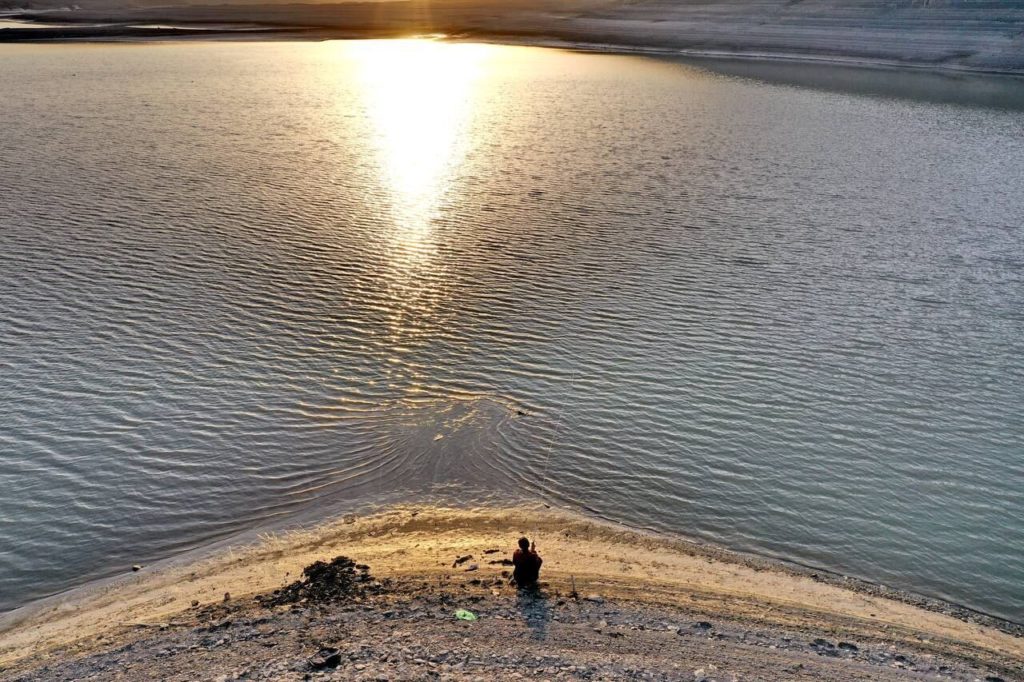
Now Marat fishes in the Kirov reservoir, on the border with Kazakhstan. Its main purpose is to irrigate the agricultural lands of the Talas Valley and Kazakhstan but many people use it as a place for recreation and fishing.
“Our neighbours also use this water,” the teenager says, pointing to the nearest slopes: “Look, you can see how the water level has dropped! It never used to sink lower than those trees on the slopes. There’s not enough water, we’ll have to feel it for ourselves soon.”
The healers
Saken Jumakeyeva, from the village of Boo-Terek, is 86 years old. She says that the Talas River gave her and her husband longevity and health.
They regularly pray to Allah and thank him for the fact that their native Kyrgyzstan has so many natural springs. “If the source is pure, then the spring is clean. If the thoughts are pure, then the deeds are nobles”
In Kyrgyzstan, there are hundreds of sources one can drink from or collect water from to bring home.
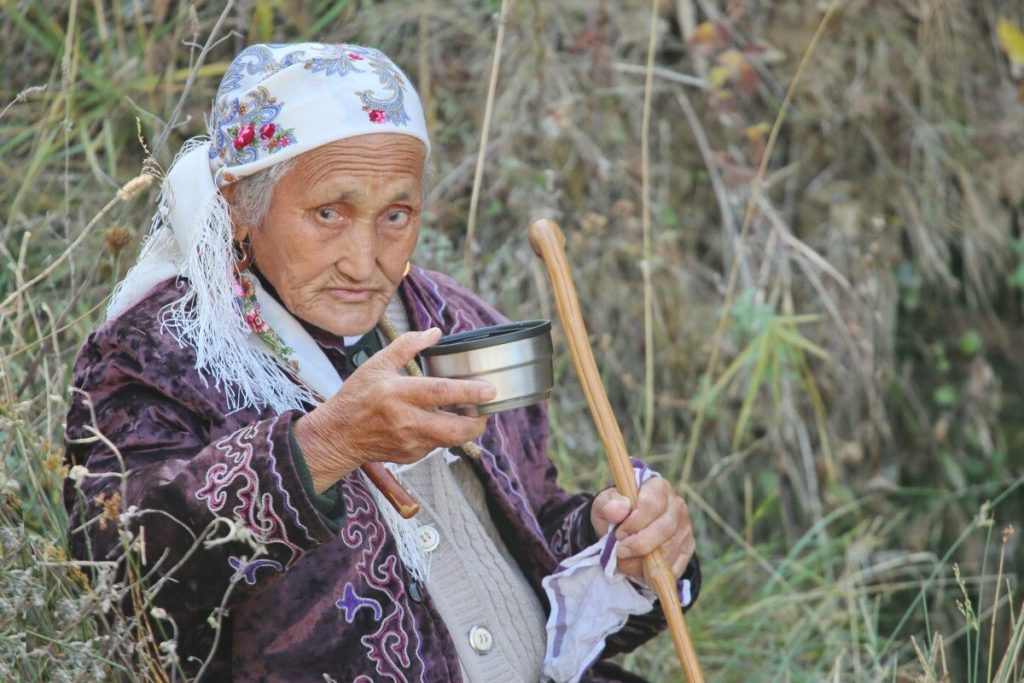
The Kyrgyz have long worshipped the Talas River and the sacred springs along its banks. They built mazar, or mausoleums, in the vicinity. The folk healer Erkinbubu Chomoeva talked about the Kanykeybulak mazar, a mausoleum near the Kenkol River, an affluent of the Talas.
“Sitting by a spring and not drinking water – that doesn’t happen,” Chomoeva says. She gives a long list of diseases that water from different springs supposedly cures.
“The area used to be abandoned but activists came, cleaned everything and improved it. Nature and springs should be treated with kindness and love, protected and preserved. By protecting our water springs, we are protecting our country. It teaches us to be kind and responsive, to love and care for the world around us,” she added.
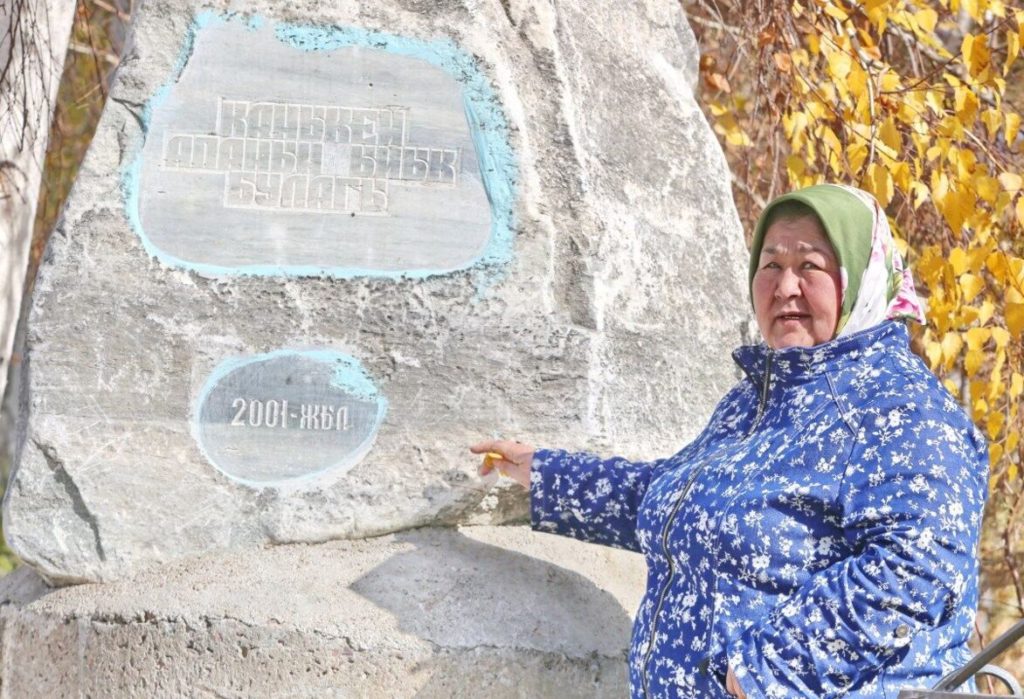
Parents and children
Elnur Kainazarova comes from the village of Kopuro-Bazar. She is an engineer by education, now a mother and housewife. She says children should be taught to appreciate water from an early age: do not pollute it and spend it sparingly. This is what her parents and grandparents taught her.
“A love of water and an awareness of its preciousness has been passed down from generation to generation. Socially, not being careful with water is a very tense subject” says Elnur. She is convinced that extractive projects should only use advanced technologies that do not harm the environment.
Kopuro-Bazar is considered a prosperous village. Many here work in animal husbandry and agriculture to export to Kazakhstan. There is also the gold industry, with extraction and exploitation happening nearby, as in many villages built by affluents of the Talas.
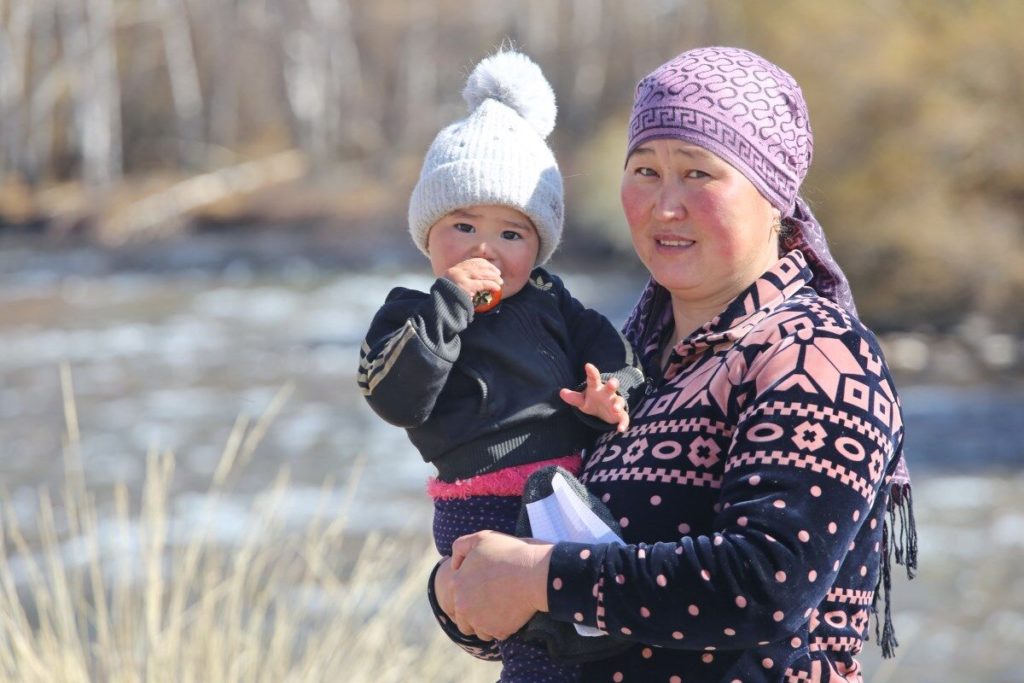
The “river of gold”
The ecologist Gamal Soronkulov calls the Talas a “river of gold”. Right at its sources there are gold deposits: Jeeroy on the Uch-Koshoy River, Andash and Aktash on the right bank of the Karakol River. Downstream, almost at the mouth of the Talas’s tributaries, there are ore and scattered gold deposits.
Soronkulov, a native of the region, has a lot to say about the river. He grew up on its banks. “In the floodplain there is a beautiful forest – how rich Kyrgyzstan is! I remember that near the Kirov State Reserve there are flocks of gulls, cormorants, and herons that stay here for the winter. It’s beautiful,” he said.
The Talas, whose main water source is snow melt, flows for 661 kilometres until vanishing in the Moıynqum Desert. On the plain, its waters are used for irrigation and have been a subject of interest for both Kyrgyzstan and Kazakhstan.
“This is a river of neighbourliness, it is very important that it does not become a river of discord because of disputes over water!,” Soronkulov warns. “The Talas has been flowing for thousands of years, providing food and water. We have to keep the water clean and avoid quarrels with our Kazakh brothers”
Gamal Soronkulov has made it his personal mission and a matter of personal honour to prevent the exploitation of valuable mineral deposits. “It would lead to the destruction of the whole ecosystem of the river and the Talas valley: this means a change to the riverbed, the degradation of pastures, the destruction of flora and fauna in the region,” he says. “And all that for what? For the sake of the small amount of gold specified in the license. It’s unacceptable!”
The ecologist gives an example: “The license for the Urmaral deposit indicates that it contains 11 kg of gold. More than 600 hectares of beautiful floodplain forests is given away with it! If this plot were purchased at auction for $7,000, then one hectare of clean river, forest and pasture is ‘worth’ less than $10.”
Soronkulov is not against exploiting natural riches, but only if it complies with all environmental and sanitary standards and the profits are redistributed fairly. No one disputes the fact nature is a great natural capital. But with one condition: that it is used rationally, and not barbarically destroyed.
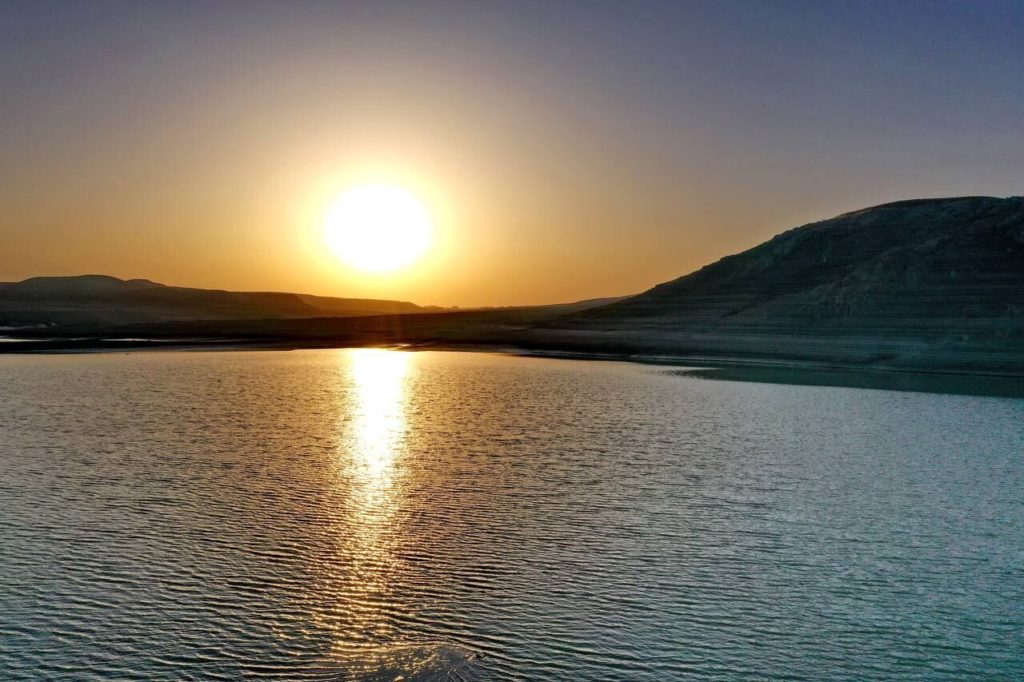
The Talas River Basin is home to about three million people in Kyrgyzstan and Kazakhstan.
In 2000, the two countries signed an agreement on the water management of the river. With this document, Kazakhstan commits to paying Kyrgyzstan for part of the maintenance and repair of the canals, dams and reservoirs that ensure the supply of water to both even though they are owned by the Kyrgyz Republic. The agreement does not specify how the water should be divided so both sides adhere to the principles of equal distribution adopted in Soviet times.
Read more: Troubled waters: Turkmenistan’s environmental policy
Kazakhstan periodically complains that it does not receive the agreed-upon volume of water. However, Kyrgyzstan itself suffers from water scarcity.
The Chu-Talas Water Management Commission is a unique example of joint operation of hydraulic structures, joint solution-finding to problems of water allocation, and joint financing of such processes, which is in proportion to the share of water that each country receives. It is also a unique example of international cooperation on climate change in a transnational river basin.
However, the reduction of water due to accelerating climate change and human activity is a cause for concern for the two republics. Tensions can increase as the water levels decrease. Will the countries have time to make a difference?
Тhe project “Developing Journalism: Exposing Climate Change” aims to identify the challenges of progressive climate change through the development and strengthening of independent media in Central Asia under the mentorship of experts from Media Development Center in Kyrgyzstan, Anhor.uz in Uzbekistan, Asia Plus in Tajikistan and Vlast.kz in Kazakhstan. The project is implemented by n-ost (Germany) and MediaNet International Centre for Journalism (Kazakhstan) with the support of the German Federal Ministry of Economic Cooperation and Development (BMZ).
Vlad Ushakov and Irina Bayramukova
Translated from Russian by Valentine Baldassari
For more news and analysis from Central Asia, follow us on Twitter, Facebook, Telegram, Linkedin or Instagram.
 Talas and its people: life by a Central Asian river affected by climate change
Talas and its people: life by a Central Asian river affected by climate change 
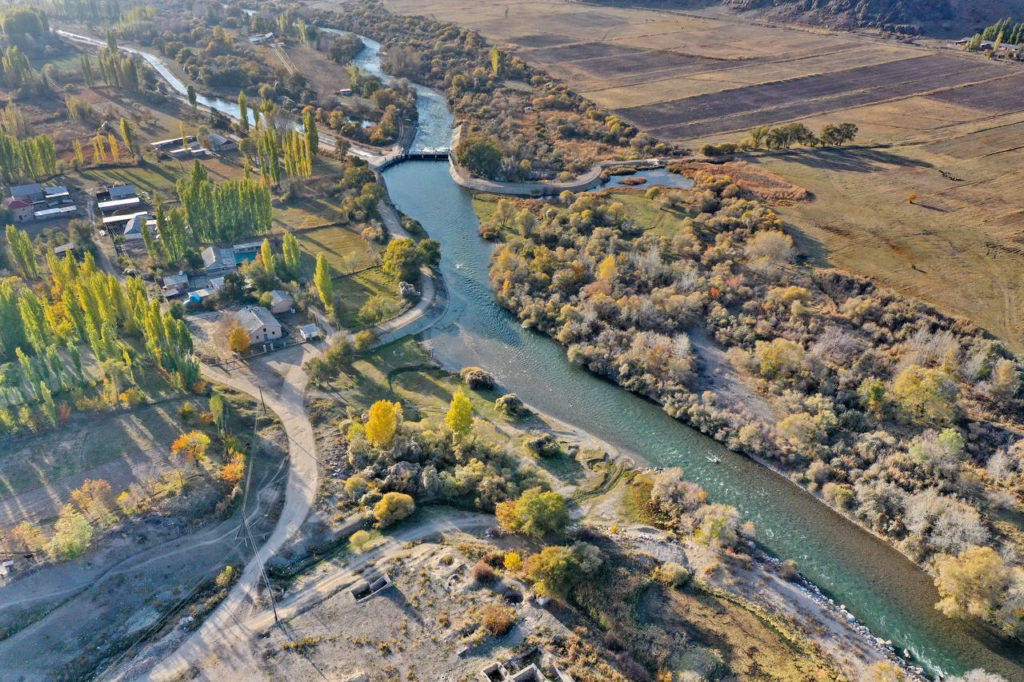
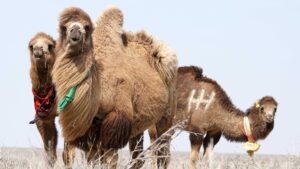


andrea zinzani, 2022-01-12
Some years ago, in 2017, I published a journal article on the topic after having conducted a two months fielwork in the valley, especially close to the border:
The Circle of Hydro-Hegemony between riparian states, development policies and borderlands: Evidence from the Talas waterscape (Kyrgyzstan-Kazakhstan), Geoforum, 36.
Andrea Zinzani, Filippo Menga
In case of interest, It would be a pleasure to share a PDF copy with you
Reply
Anna Wilhelmi, 2022-10-27
Hi Andrea, thanks for reaching out. I’ll gladly read your article, could you please send it to editorial@novastan.org?
Reply